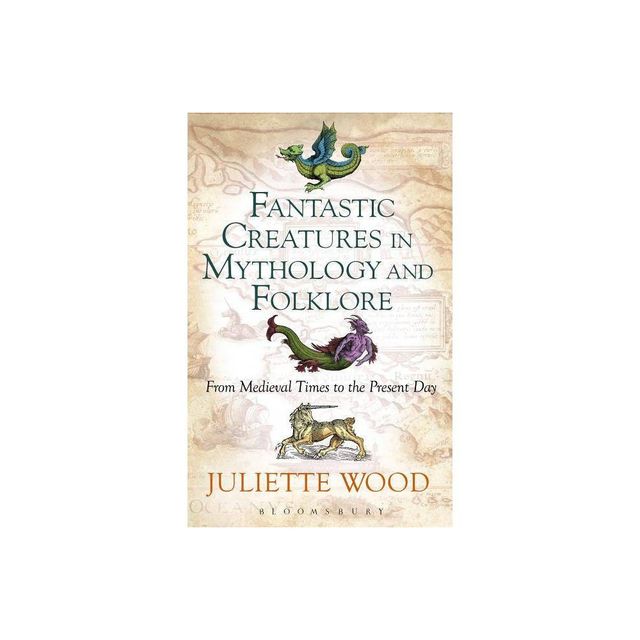Home
Fantastic Creatures Mythology and Folklore: From Medieval Times to the Present Day
Loading Inventory...
Barnes and Noble
Fantastic Creatures Mythology and Folklore: From Medieval Times to the Present Day
Current price: $130.00


Barnes and Noble
Fantastic Creatures Mythology and Folklore: From Medieval Times to the Present Day
Current price: $130.00
Loading Inventory...
Size: Hardcover
*Product Information may vary - to confirm product availability, pricing, and additional information please contact Barnes and Noble
Drawing on historical sources, myth and folklore,
Fantastic Creatures in Mythology and Folklore
explores the roles of fantastical beasts - particularly the unicorn, the mermaid, and the dragon - in a series of thematic chapters organised according to their legendary dwelling place, be this land, sea, or air. Through this original approach, Juliette Wood provides the first study of mythical beasts in history from the medieval period to the present day, providing new insights into the ways these creatures continue to define our constantly changing relationship to both real and imagined worlds. It places particular emphasis on the role of the internet, computer games, and the cyberspace community, and in doing so, demonstrates that the core medieval myth surrounding these creatures remains static within the ever-increasing arena of mass marketing and the internet.This is a vital resource for undergraduates studying fantastic creatures in history, literature and media studies.
Fantastic Creatures in Mythology and Folklore
explores the roles of fantastical beasts - particularly the unicorn, the mermaid, and the dragon - in a series of thematic chapters organised according to their legendary dwelling place, be this land, sea, or air. Through this original approach, Juliette Wood provides the first study of mythical beasts in history from the medieval period to the present day, providing new insights into the ways these creatures continue to define our constantly changing relationship to both real and imagined worlds. It places particular emphasis on the role of the internet, computer games, and the cyberspace community, and in doing so, demonstrates that the core medieval myth surrounding these creatures remains static within the ever-increasing arena of mass marketing and the internet.This is a vital resource for undergraduates studying fantastic creatures in history, literature and media studies.


















